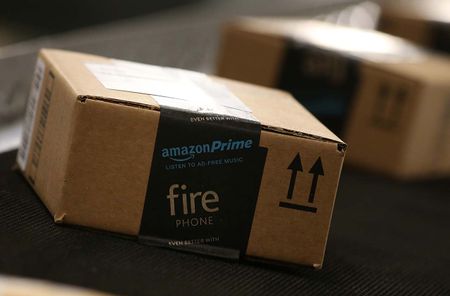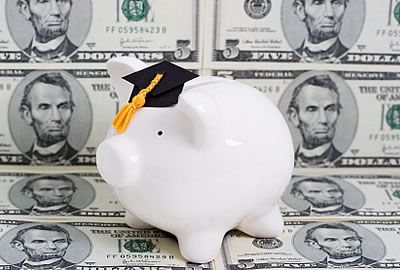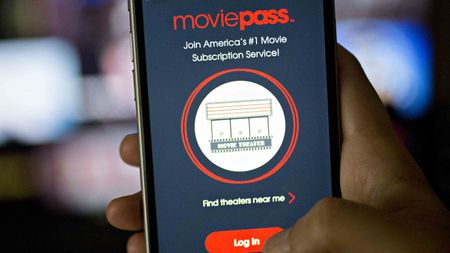10 Tips for Back-to-School Savings
Getting your kids ready for the classroom doesn't have to cost a fortune.

Buying a few pencils and notebooks for your school-age children won't put a big dent in your budget. But throw in backpacks, electronics, new clothes and more, and the cost of a back-to-school shopping trip quickly adds up. In fact, the average family is expected to spend $606 this year on these items, according to the National Retail Federation. That amount tops last year's -- $549 -- even though many Americans say they're struggling financially.
There are ways to keep back-to-school costs from spiraling out of control. The tips below will help.
1. Take inventory of what your kids have. Don't assume that your kids have outgrown all their clothes and need a new wardrobe. Take the time to make them try on what is in their closet and drawers to figure out which clothing items they really need. Then plan on buying items that can easily be mixed and matched.

Sign up for Kiplinger’s Free E-Newsletters
Profit and prosper with the best of expert advice on investing, taxes, retirement, personal finance and more - straight to your e-mail.
Profit and prosper with the best of expert advice - straight to your e-mail.
2. Set a budget. Let your children know how much they can spend so they buy only what they need. You can motivate them to keep spending under control by telling them they can keep any cash they don't spend.
3. Share the cost. Ask children who receive an allowance or who have money from a summer job to chip in -- especially if they want to buy more than your budget allows. If kids are expected to help pay for back-to-school items, they'll be more price-conscious.
4. Time your shopping right. Retailers offer some of the year's lowest prices on pens, pencils and notebooks in August. For clothing, you'll find sales on Labor Day weekend.
5.Take advantage of sales-tax holidays. Sixteen states exempt various back-to-school items from sales taxes on certain days. If you're buying big-ticket items, you might consider crossing state lines to get the tax break if your state doesn't have a tax holiday. See our guide to find out if and when your state has a tax holiday.
6. Check for student discounts. Some stores, such as Apple, offer discounts just for students. All it asks for is your name and school you are attending.
7. Sign up for e-mail or Twitter alerts from back-to-school retailers to know when their items go on sale.
8. Buy used. Textbooks are cheaper used (and even cheaper when you rent them). See How to Cut Your Textbook Costs in Half -- or More for Web sites that will help you get a deal on books. Also consider buying items such as computers refurbished rather than new.
9. Shop online. You may be more tempted to overspend when shopping in a mall, where you're surrounded by so many options, tempting displays and impulse buys in the checkout aisle. If you shop online, you can give your kids a choice of just a couple of retailers that have coupon codes-- which you can get from sites such as RetailMeNot, CouponShack.com and Coupon Sherpa -- and free-shipping offers (see FreeShipping.org).
10. Buy items in bulk to take advantage of larger discount coupons that give bigger savings for spending more. Places such as Staples offer bulk discounts and free shipping.
Get Kiplinger Today newsletter — free
Profit and prosper with the best of Kiplinger's advice on investing, taxes, retirement, personal finance and much more. Delivered daily. Enter your email in the box and click Sign Me Up.

Award-winning journalist, speaker, family finance expert, and author of Mom and Dad, We Need to Talk.
Cameron Huddleston wrote the daily "Kip Tips" column for Kiplinger.com. She joined Kiplinger in 2001 after graduating from American University with an MA in economic journalism.
-
 Stock Market Today: Trump Pushes Dow Into 2,600-Point Swing
Stock Market Today: Trump Pushes Dow Into 2,600-Point SwingTariffs and trade war weigh on prices across global financial markets, with little light at the end of the tunnel.
By David Dittman Published
-
 Trump Administration Blocks Medicare From Covering Obesity Drugs — Why It Matters
Trump Administration Blocks Medicare From Covering Obesity Drugs — Why It MattersThe Trump administration has decided not to go forward with a proposal for Medicare and Medicaid to cover high-demand obesity treatments.
By Kathryn Pomroy Published
-
 Five Reasons You Shouldn't Shop on Amazon Prime Day
Five Reasons You Shouldn't Shop on Amazon Prime DaySmart Buying Think twice before getting lured into buying a bunch of stuff you don't need just because it's on sale.
By Andrea Browne Taylor Last updated
-
 Five Ways to Save on Vacation Rental Properties
Five Ways to Save on Vacation Rental PropertiesTravel Use these strategies to pay less for an apartment, condo or house when you travel.
By Cameron Huddleston Last updated
-
 How to Avoid Annoying Hotel Fees: Per Person, Parking and More
How to Avoid Annoying Hotel Fees: Per Person, Parking and MoreTravel Here's how to avoid extra charges and make sure you don't get stuck paying for amenities that you don't use.
By Cameron Huddleston Last updated
-
 Best Cash Back Credit Cards of 2025
Best Cash Back Credit Cards of 2025Credit Cards If you're searching for a credit card that rewards you for everyday purchases, we've chosen the best.
By Ellen B. Kennedy Last updated
-
 How to Spend $1,000: Find Cheap (or Free) Online Courses to Build Career Skills
How to Spend $1,000: Find Cheap (or Free) Online Courses to Build Career SkillsSmart Buying There's a huge array of skill-building online courses that can level up your career for under $1,000.
By Kim Clark Published
-
 MoviePass is Relaunching. Should You Sign Up?
MoviePass is Relaunching. Should You Sign Up?Smart Buying The subscription discount movie card company has a checkered past and an army of disillusioned former cardholders. If you want to try the reboot, you’ll need to hurry.
By Bob Niedt Published
-
 HBO Max Is Offering Huge Discounts
HBO Max Is Offering Huge DiscountsSmart Buying Looking for a streaming service deal? Warner Bros. Discovery is cutting the price of HBO Max.
By Bob Niedt Published
-
 Are You Streaming Too Much? What the Discovery+/HBO Max Mashup Means
Are You Streaming Too Much? What the Discovery+/HBO Max Mashup MeansSmart Buying Fewer original scripted series? Maybe. And maybe it’s time to unsubscribe.
By Bob Niedt Published